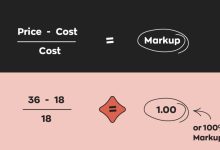Recently, Marcus Steele ran ad campaigns for a deeply partnered supply chain company in Guangzhou. The products were Deisnger Luxury Replicas Item, with an average order value around $200, generating a large number of orders.

From a large pool of operational ad accounts, I selected one that reflects the performance of most mid-to-high-level ad operators. I’m sharing this conversion snippet and analysis purely for reference and learning purposes.
Here’s the performance and ad report for this account:

The campaign ran on a daily budget of $300 and ran steadily for about 5 days, spending a total of $1,352.61. Key metrics include:
-
CPC (Cost per Click): $0.46
-
CTR (Click-Through Rate): 8.15%
-
Results: 30 orders
-
Cost per Result: $45

Next, I’ll share a snippet of my own ad operation process for reference.
On-Site Optimization
Landing page optimization is absolutely critical. This is reflected in details such as overall site design,
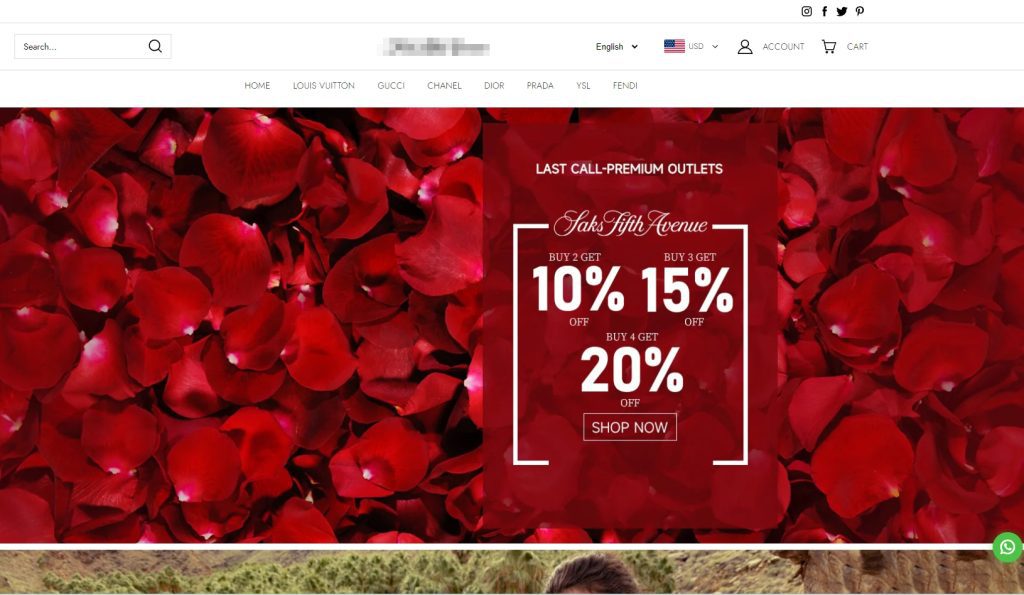
product detail pages,
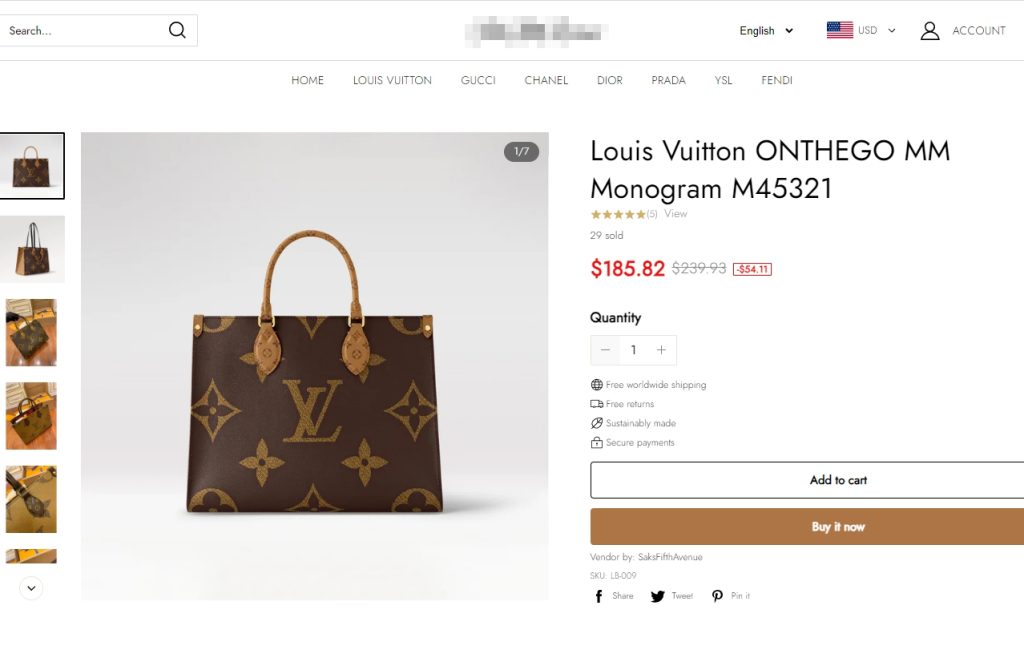
and cross-selling strategies.
A well-designed replica site doesn’t just look clean and professional — more importantly, it builds trust with potential buyers.
When working on site design, always prioritize mobile performance, since more than 80% of shopping now happens on mobile devices.
For example, in the OpenCart (OC) framework, many themes can be overly complicated, such as JOURNAL or PAV themes. However, JOURNAL consistently ranks first in both sales and user reviews. Why? Because its development team packaged the features very well — it’s powerful, highly compatible, and flexible enough that once you’re familiar with it, you can design almost any effect you want. You can even replicate the exact look and feel of the official brand site!
Of course, this requires time and effort.
Another important step is building trustworthy reviews on your site.
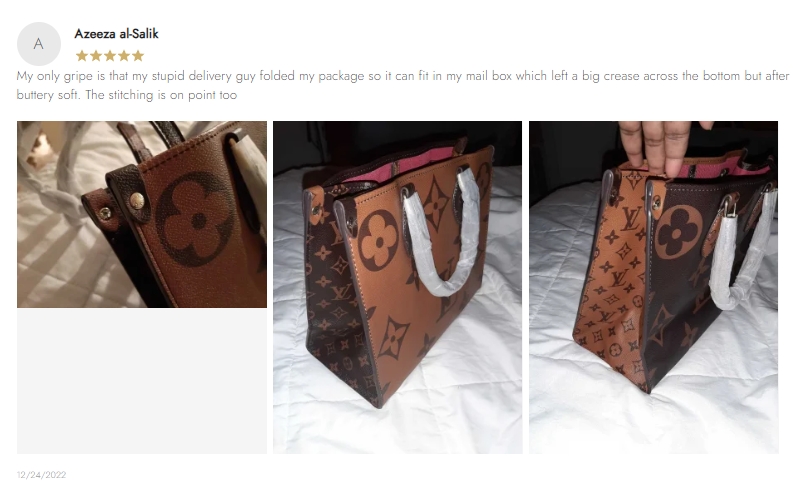
Don’t focus on quantity — focus on quality. Add carefully crafted reviews, preferably with images, describing product details. This kind of feedback persuades buyers far more than shallow, generic comments like:
-
Very good quality
-
Gift for my girlfriend, she likes it very much
Such superficial reviews lack credibility, especially since buyers today are smart enough to know about fake reviews and review farming.
Ultimately, landing page optimization has no shortcut. It all depends on how much effort and attention you put into the details. It’s the foundation of your replica business, and without a solid foundation, your ROI will suffer.
As the saying goes: Sharpening the axe will not delay the work of cutting wood. Spend the time to optimize your landing page — it will pay off in performance.
Ad Account
For my campaigns, I typically use an FB account [1 ad – $1500 limit].
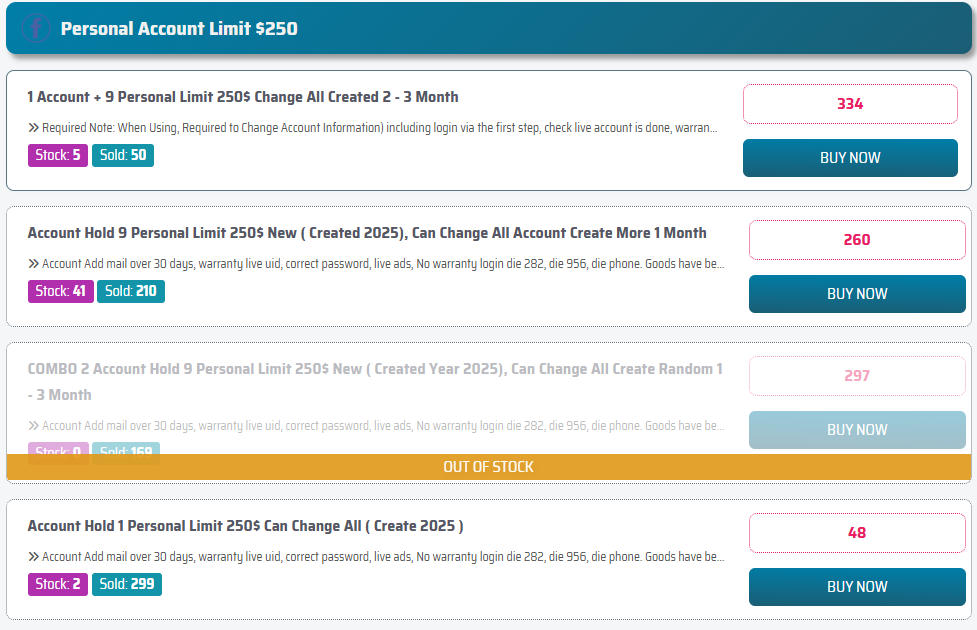
It’s very stable and usually comes with a random billing profile attached.
Of course, if your budget is higher, you can invest in accounts with unlimited billing limits — especially older accounts with billing history. These accounts are far more stable, carry higher weight, and are generally more favorable for running traffic. However, the downside is cost: an old billing account can go for around $70 each.
On the other hand, if your advertising budget is limited, you can choose low-limit accounts. For example, a daily limit of $250 is more than enough to run 1–2 ads effectively.
These low-limit accounts are much cheaper and can be purchased directly from Vietnamese first-hand account suppliers.
Landing Page
When it comes to choosing a landing page for replica campaigns, there are two main directions:
-
Product Catalog Page
-
Single Product Detail Page
For most media buyers, if you are extremely confident about one specific product, running ads directly to the product detail page is a strong option.
But “confidence” doesn’t just mean you are familiar with the item or that it looks like a sure bestseller. More importantly, the product must carry real competitive strength.
Take the classic LV Monogram Tote as an example. It’s an evergreen bestseller with a mature supply chain. The price becomes the core competitiveness. If you position the ad correctly, price becomes your edge.
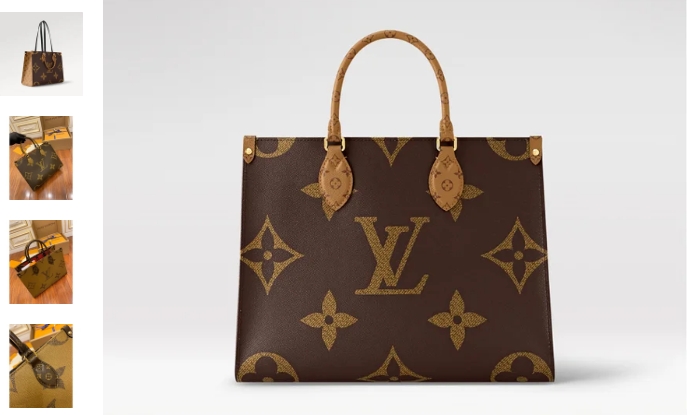
For example, if you sell at around $160 including free shipping, after deducting sourcing, logistics, and ad spend, you can still expect $50–$60 in net profit if executed well.
Of course, ads with prices that are too low to be true usually belong to the “no-shipment” or “deceptive advertising”,
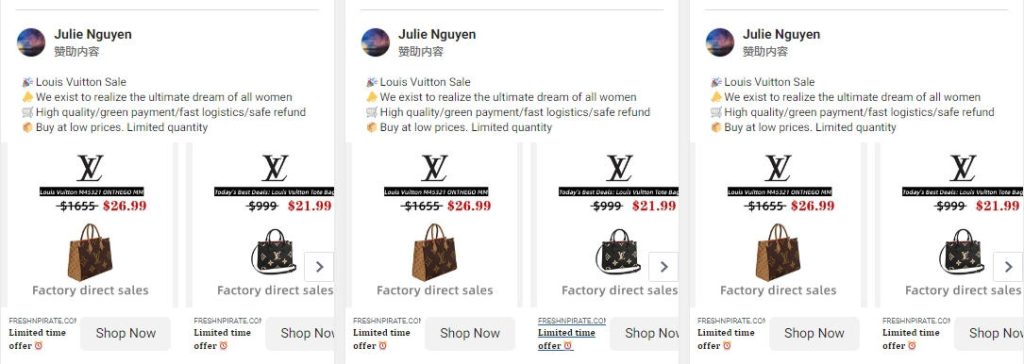
which is no reference compared with our price.
The second direction is choosing a product catalog page, which works for the majority of advertisers — especially those running fast fashion or non-functional categories.

In most cases, many advertisers do not have full confidence in one clear bestseller with wide profit margins. In these scenarios, it’s better to push a catalog page and let the buyers make the choice themselves.
From my own experience, I often run catalog ads more than single-product ads. I only go with a detail page when I have very strong confidence in that one product.
⚠️ One tip: when running catalog pages, carefully curate your product selection. Keep the number of products under 10. Too many options will overwhelm buyers and lead to choice paralysis.
This often results in high Add-to-Cart events but very low conversion rates.
Remember: online shopping is often driven by impulse behavior. The buyer’s excitement window is just a few minutes. If you don’t convert within that time, chances are high they’ll forget about the items in their cart by the next day.
Ad Traffic
When running sales-focused replica ad campaigns, we generally structure the ad sets around four key elements: Conversion Goal, Budget, Audience, and Placement.
1) Conversion Goal
For e-commerce campaigns, the most common conversion goals are Add to Cart or Purchase.
-
Running a Purchase objective can be very expensive, and if your media buying skills are not strong, it can quickly burn through your budget.
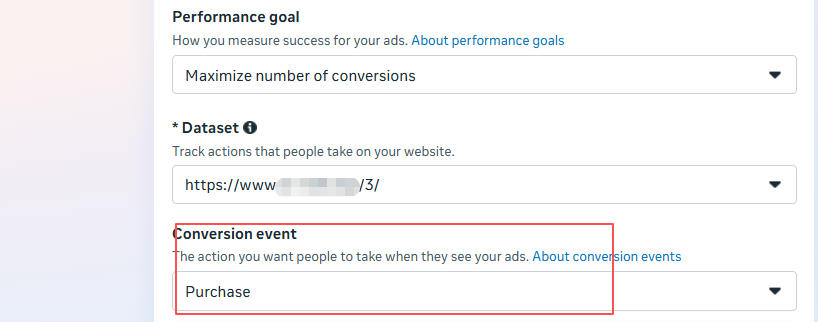
-
The Add to Cart objective is usually cheaper and more stable. Choosing this can help your campaigns run more smoothly without unnecessary stress.
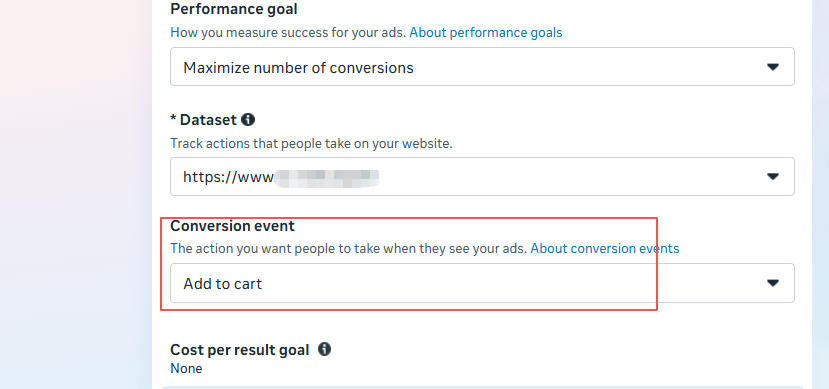
Before launching any traffic campaigns, make sure you define all the critical events in your pixel code (Add to Cart, Purchase, etc.).
2) Budget
Always give enough budget! This is a golden rule.
Think about it this way: your ad is actively trying to find the most relevant audience. If your budget runs out too quickly, the campaign stops. The next day, it has to start all over again, wasting both time and money.
Recommended budget: at least $100–$150 per ad per day, though the exact number depends on your product category.
3) Audience
Audience settings include region, age, gender, and interests.
-
If you are not confident about specific regions or audiences, you can go with a broad audience (open targeting).
-
Broad targeting means covering all regions without narrowing down by detailed interests.
The advantage is that the algorithm runs more freely to find the right buyers.

The downside is higher ad spend. Your role is simply to give the budget and let the algorithm optimize for you.
4) Placement
In the US and Canada, I usually focus on Facebook placements.
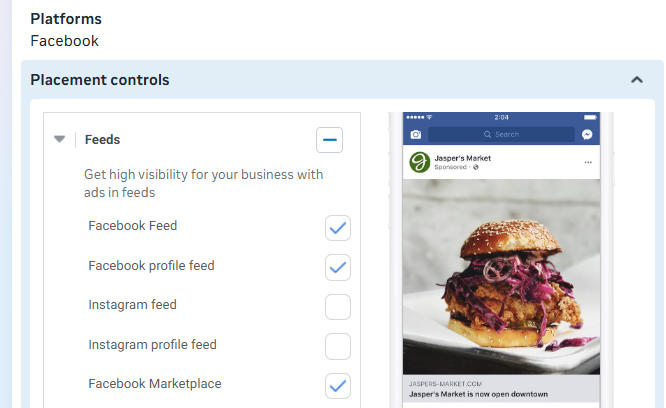
But the right placement depends on both the product and the target country:
-
Some products perform much better on Instagram in certain regions.
-
For strategies like FB ads → Instagram conversion → WhatsApp retargeting, you’ll naturally want to invest more in Instagram placements.
Creative Source
Ad copywriting often depends on personal creativity, but you can always leverage SPY tools to reference and filter high-performing creatives from competitors, then modify them for your own campaigns.

In the US and Canadian markets, especially for luxury replica categories, video ads usually perform much better than static image ads.
Here are a few practical tips:
-
Keep it short: Videos under 15 seconds tend to deliver the best results.
-
Deduplicate your edits: Make sure your video is not flagged as duplicate content by platforms.
-
Showcase quality: Use clear, high-resolution clips to highlight your product’s angles, texture, and details.
-
Trigger intent: A well-crafted short video creates stronger purchase intent compared to simple text or images.
Key Metrics & Targets
Overall, ad costs in the US and Canadian markets are relatively high, especially for fast-moving categories like bags, watches, and shoes. Competition is fierce, so getting as close as possible to industry benchmark metrics is always the goal.
Here are some of my personal benchmark parameters:
-
CTR (Click-Through Rate): Should not fall below 5%. If lower, optimize your creatives.
-
CPC (Cost per Click): Around $0.50 per click is ideal. Too low is not always good — it may indicate poor audience quality, mis-targeting, or junk traffic.
-
CPM (Cost per 1000 Impressions): Around $25–$45. Again, too low may mean weak traffic quality or irrelevant audience targeting.
-
Cost per Result (Purchase): For high-ticket replica items, a normal range is $40–$100 per purchase. This depends not only on the buyer’s skill but also a fair bit on luck.
For example, in one US/Canada broad-targeting campaign, my cost per result was around $45, using an FB account [1 ad – $1500 limit] with old billing history attached.
⚠️ Important Note: During the ad learning phase (usually the first 3 days), costs will be higher — CPC and CPM may spike. As long as results don’t deviate too much from the benchmarks above, it’s better to stay calm, keep the budget steady, and allow the campaign to stabilize. Pausing too early because of “burning budget anxiety” often results in wasted spend.
Why is there a luck factor involved? Even with the same ad account type, same landing page, same creative, same audience, same budget, and same process, two campaigns can produce drastically different results on two different accounts.
That’s all for today’s sharing. My media buying experience is still growing, so please consider this as a personal reference only. I always welcome feedback and suggestions from fellow advertisers.
🚀 Join My Replica Ads Support Plan
![Illustration: stable ad campaigns, reliable accounts, and global dropshipping support]
By joining my service plan, you’ll gain access to:
-
Stable technical support for your campaigns
-
Reliable Facebook ad accounts and billing histories
-
Supply chain and logistics pairing for smoother operations
-
High-quality global dropshipping services, making one-item fulfillment easy
💡 Take your replica ad campaigns to the next level — reduce risk, improve ROI, and enjoy peace of mind knowing your backend resources are fully supported.
👉 Join now and start scaling smarter!
 Custom E-commerce Solutions for High-Quality Designer-Inspired Fashion Replicas | Website Development, Dropshipping, Payment Integration for PayPal and Stripe, Ad Cloaking Services
Custom E-commerce Solutions for High-Quality Designer-Inspired Fashion Replicas | Website Development, Dropshipping, Payment Integration for PayPal and Stripe, Ad Cloaking Services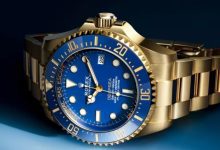
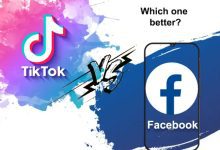
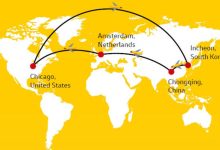
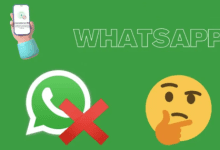

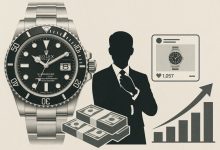

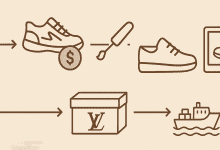
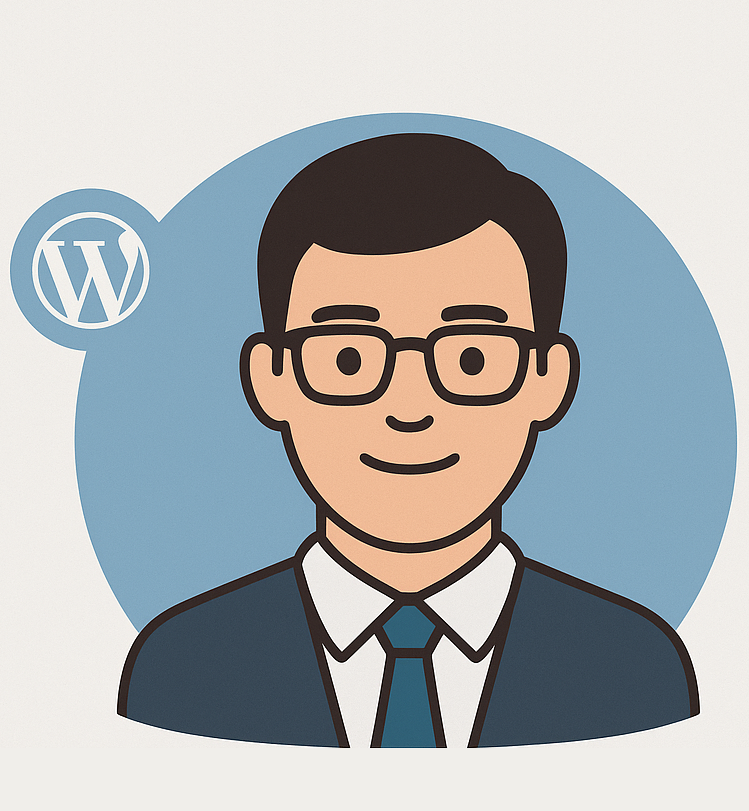

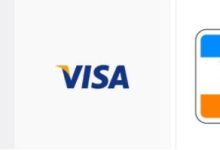
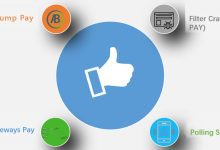
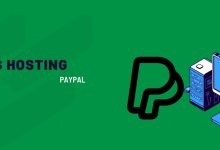
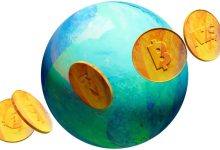
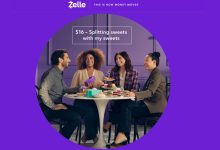
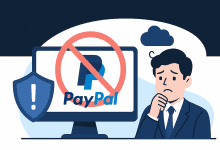

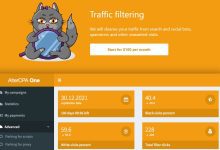
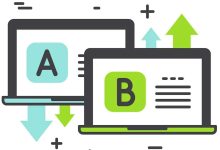

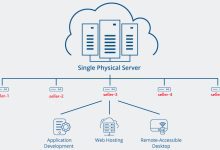
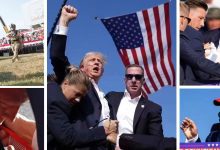
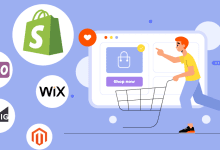
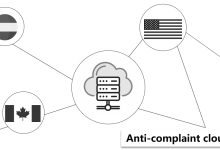

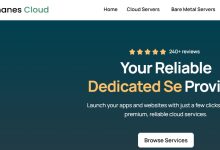

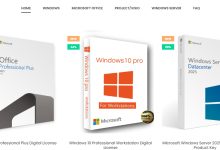
![5 Best WordPress Themes for Replica Product International Trade Websites [Recommended]-Custom E-commerce Solutions for High-Quality Designer-Inspired Fashion Replicas | Website Development, Dropshipping, Payment Integration for PayPal and Stripe, Ad Cloaking Services](https://replicasmaster.com/wp-content/uploads/2025/06/1-1-220x150.jpg)
